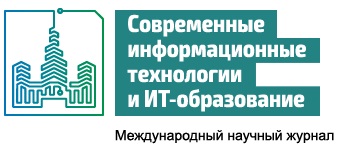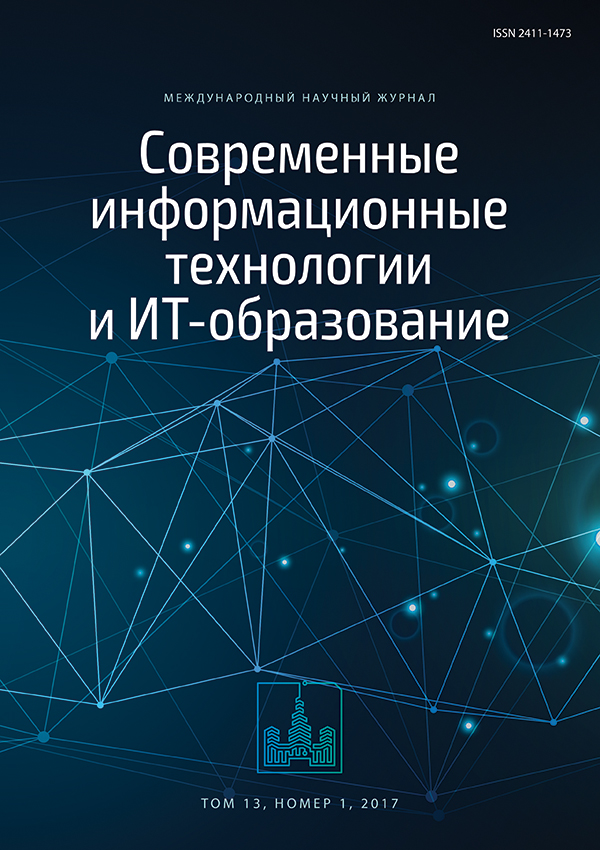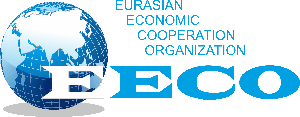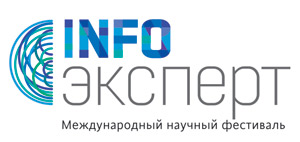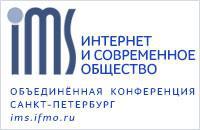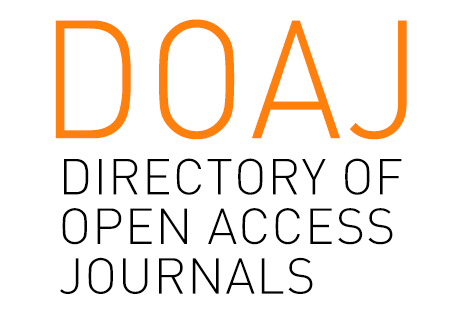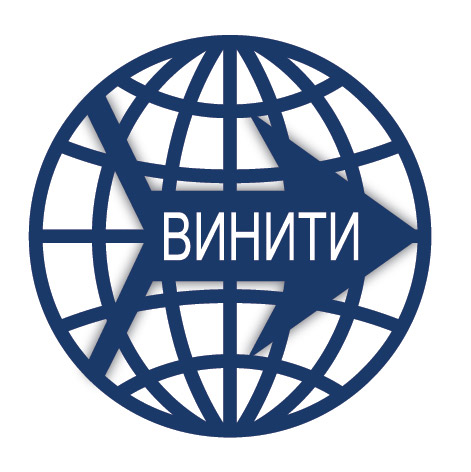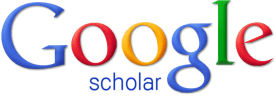СОВРЕМЕННЫЕ ЭЛЕКТРОННЫЕ СРЕДСТВА ОБУЧЕНИЯ ИНОСТРАННОМУ ЯЗЫКУ
Аннотация
В статье рассматриваются современные электронные средства обучения иностранному языку на примере английского языка и различные варианты их использования в работе преподавателя вуза для организации эффективного взаимодействия с учащимися в ходе совместной работы. Проанализированы несколько групп электронных средств: письменные инструменты, инструменты для чтения, инструменты для аудиро-вания и говорения, виртуальные среды обучения, инструменты для создания тестов, итоговых вопросов, он-лайн игры, мобильные технологии.
Литература
2. Kolesenkov A.N. Sposob trehmernoj vizualizacii ob’ektov v jelektronnyh obrazovatel'nyh resursah // Uchenye zapiski ISGZ. 2015. № 1. S. 285-288.
3. Kopylova N.A. Opyt ispol'zovanija distancionnyh kursov pri obuchenii anglii skomu jazyku v teh-nicheskom vuze // Sovremennye informacionnye tehnologii i IT-obrazovanie [Jelektronnyj resurs] / Sbornik nauchnyh trudov X Jubilejnoj mezhdunarodnoj nauchno-prakticheskoj konferencii / pod red. V.A. Suhomlina. – Moskva: MGU, 2015. – 408s. – S. 78-82.
4. Biggs, J (1999) Teaching for quality learning at university: What the student does. Higher Education 40/3: 374–376.
5. Innovations in learning technologies for English language teaching. Edited by Gary Motteram. British Council 2013. 198 p.
6. Lam, R and Lee, I (2010) Balancing the dual functions of portfolio assessment. English Language Teaching Journal 64/1: 54–64.

Это произведение доступно по лицензии Creative Commons «Attribution» («Атрибуция») 4.0 Всемирная.
Редакционная политика журнала основывается на традиционных этических принципах российской научной периодики и строится с учетом этических норм работы редакторов и издателей, закрепленных в Кодексе поведения и руководящих принципах наилучшей практики для редактора журнала (Code of Conduct and Best Practice Guidelines for Journal Editors) и Кодексе поведения для издателя журнала (Code of Conduct for Journal Publishers), разработанных Комитетом по публикационной этике - Committee on Publication Ethics (COPE). В процессе издательской деятельности редколлегия журнала руководствуется международными правилами охраны авторского права, нормами действующего законодательства РФ, международными издательскими стандартами и обязательной ссылке на первоисточник.
Журнал позволяет авторам сохранять авторское право без ограничений. Журнал позволяет авторам сохранить права на публикацию без ограничений.
Издательская политика в области авторского права и архивирования определяются «зеленым цветом» в базе данных SHERPA/RoMEO.
Все статьи распространяются на условиях лицензии Creative Commons «Attribution» («Атрибуция») 4.0 Всемирная, которая позволяет другим использовать, распространять, дополнять эту работу с обязательной ссылкой на оригинальную работу и публикацию в этом журналe.
